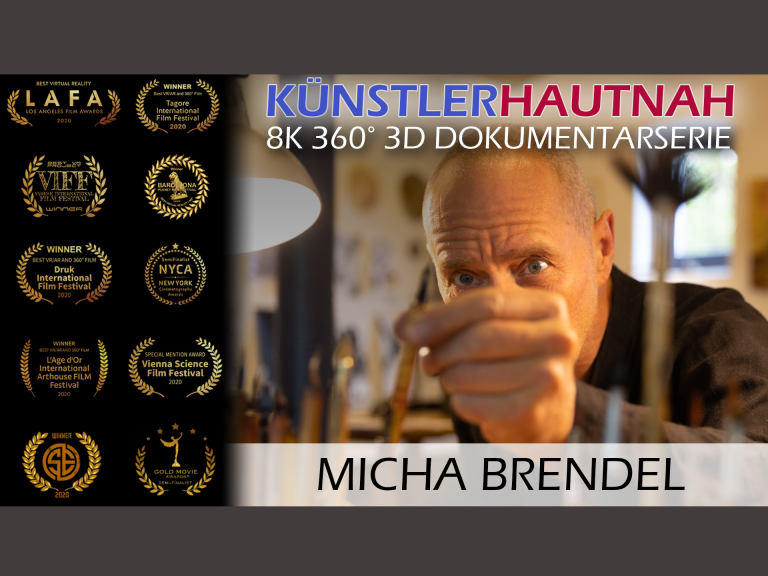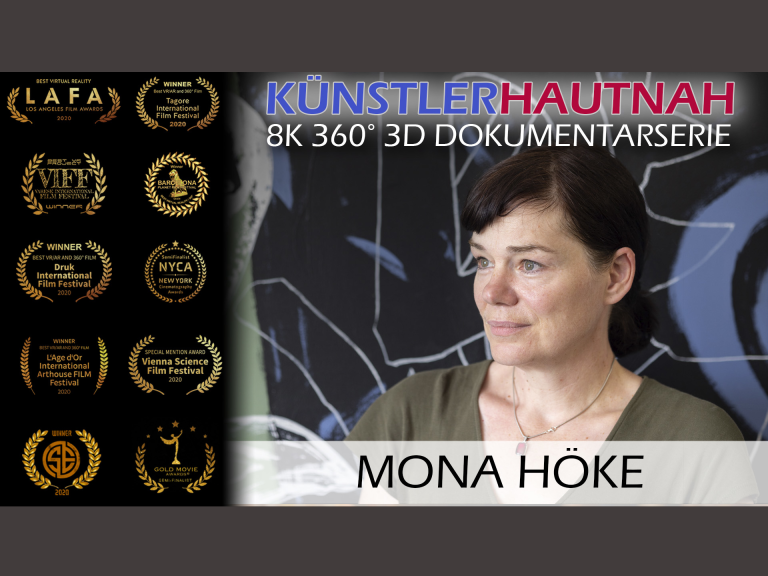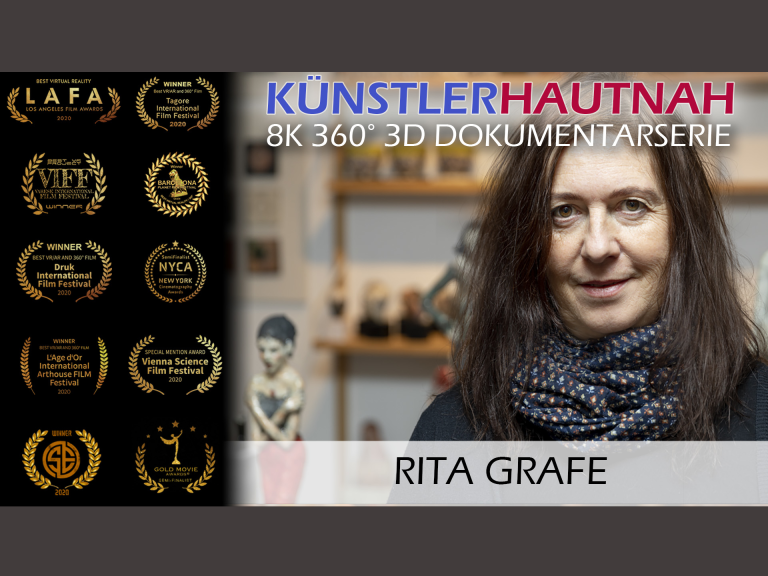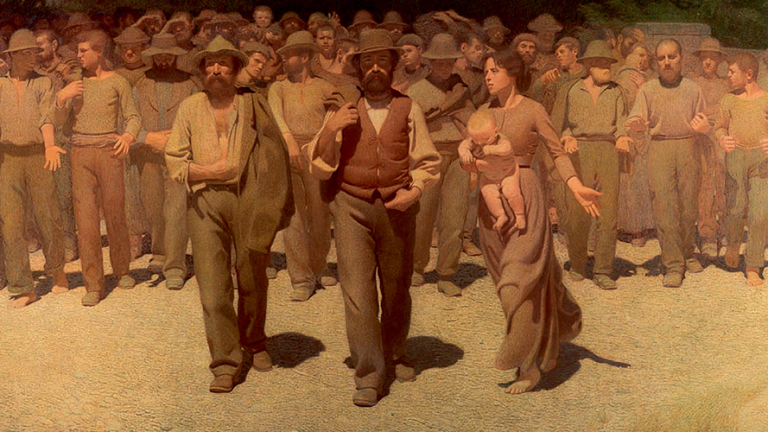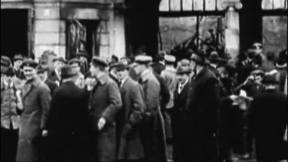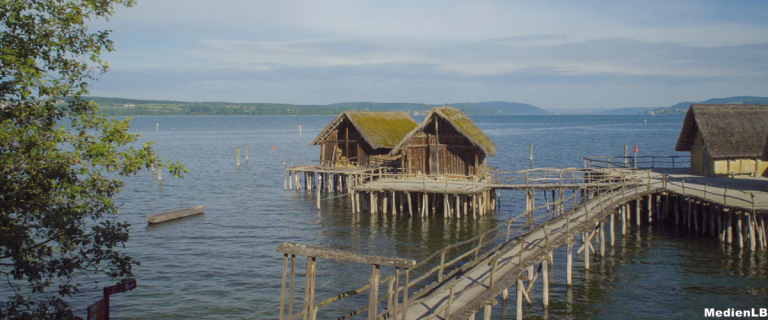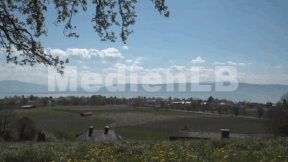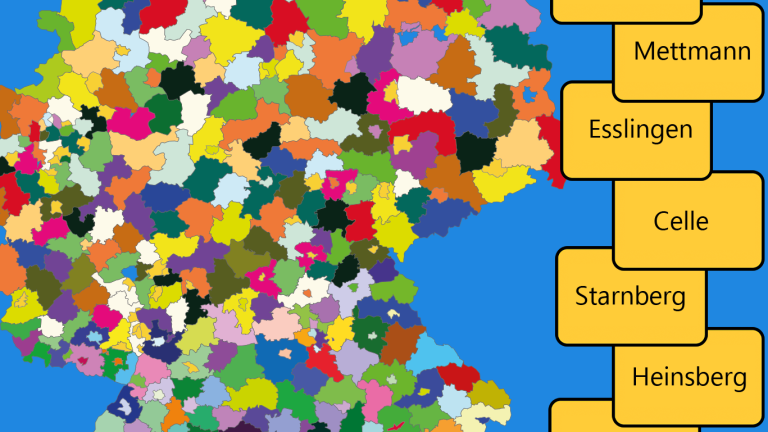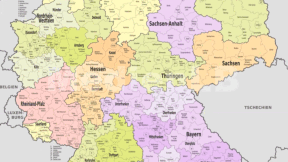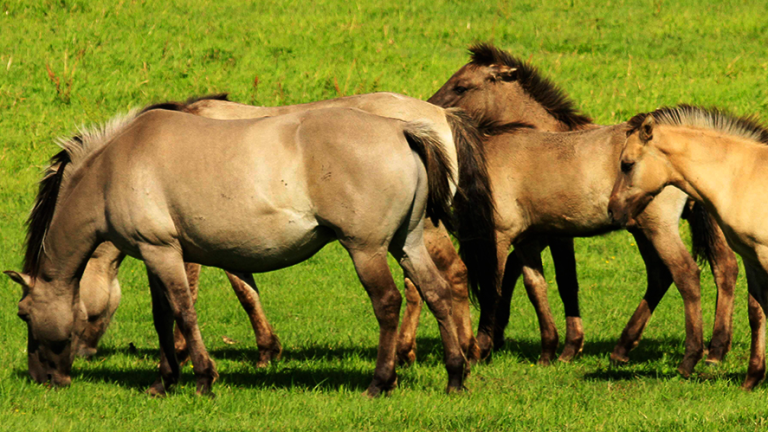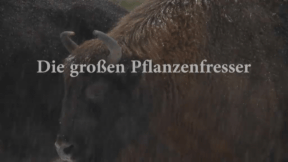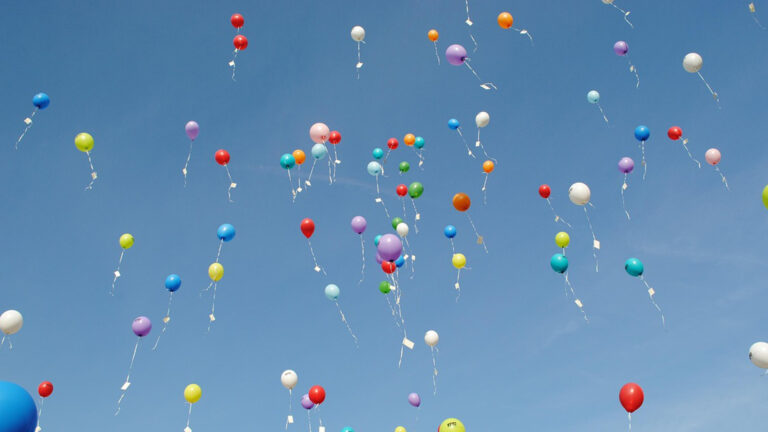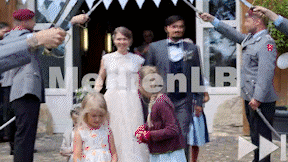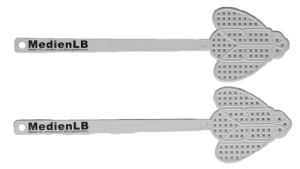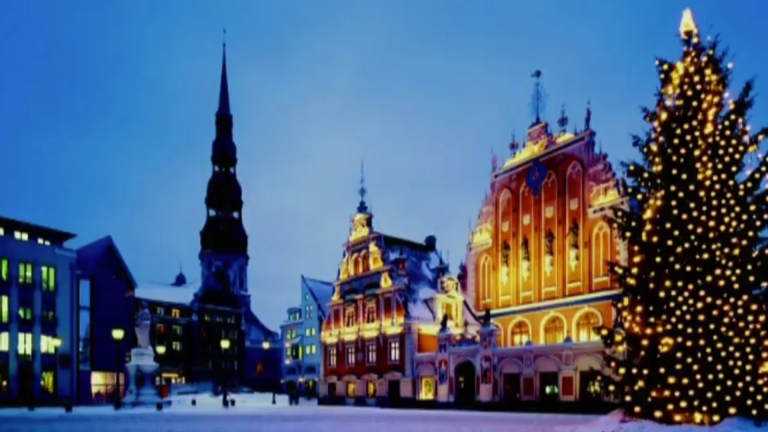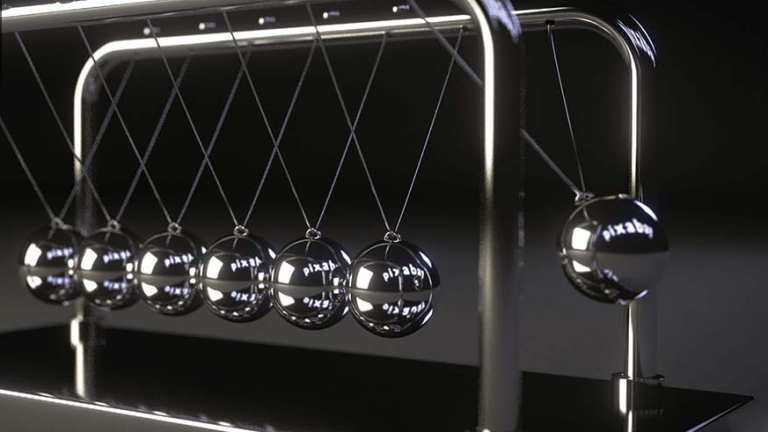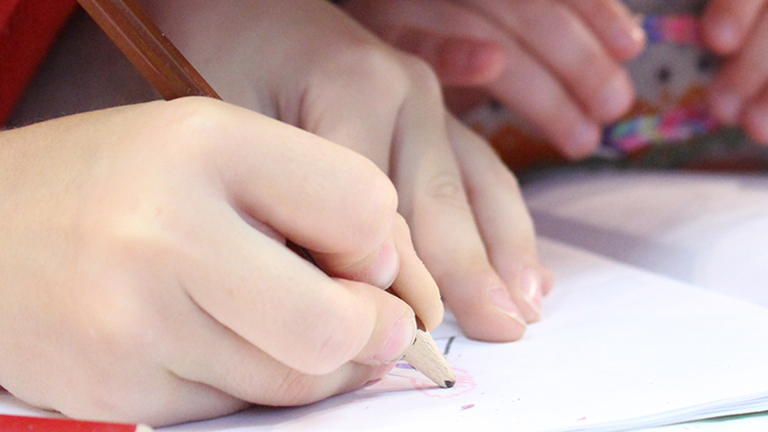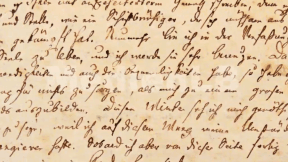Suche:
- # Artistry
- # Biology
- # Chemistry
- # Ecological
- # Economy
- # English
- # Foreign Language
- # Geography
- # German
- # Health
- # History
- # Informatik
- # Latin
- # Mathematics
- # Media Education
- # Music
- # Physics
- # Politics / Civics
- # Preschool
- # Primary School
- # Religion
- # Society
- # Sports
- # Technology
- # Training of Teachers
- # Vocational Education
Künstler hautnah 360° - Matthias Körner
Quality seals such as the "Bio-Siegel", "Blauer Engel", "Stiftung Warentest" and up to 1,000 other seals represent characteristics such as sustainability, health or safety with regard to a product, a service or even a company.
Learn moreKünstler hautnah 360° - Micha Brendel
Quality seals such as the "Bio-Siegel", "Blauer Engel", "Stiftung Warentest" and up to 1,000 other seals represent characteristics such as sustainability, health or safety with regard to a product, a service or even a company.
Learn moreKünstler hautnah 360° - Mona Höke
Quality seals such as the "Bio-Siegel", "Blauer Engel", "Stiftung Warentest" and up to 1,000 other seals represent characteristics such as sustainability, health or safety with regard to a product, a service or even a company.
Learn moreKünstler hautnah 360° - Rita Grafe
Quality seals such as the "Bio-Siegel", "Blauer Engel", "Stiftung Warentest" and up to 1,000 other seals represent characteristics such as sustainability, health or safety with regard to a product, a service or even a company.
Learn moreLabour Movement in Germany
In 1815, after the end of the Napoleonic wars, Europe reinvented itself. The Congress of Vienna created new states and changed a great number of borders. After the devastating war years, now a deceptive peace was reigning and people could focus on normal life again.
Learn moreLake Constance
Lake Constance is not only beautifully situated at the foot of the Alps, surrounded by a fertile countryside – you can also tell many stories about it, and thus learn something about its history and the people who live there.
Learn moreLandkreis
In Deutschland gibt es 294 Landkreise. Doch wie sind diese in Deutschland verwaltet und strukturiert? Der Film zeigt anschaulich an einem Beispiellandkreis die Vorteile und Aufgaben von Gemeindeverbänden in dieser Form der Verwaltungseinheit.
Learn moreLarge Herbivores
For a long time it was believed that, thousands of years ago, Central Europe was covered with almost uninterrupted primeval forests.
Learn moreLässt sich Glück lernen?
Kann man Glück lernen? Eine engagierte Lehrerin wagt den Versuch und führt ihre Klasse in die Welt des „Glücksunterrichts“.
Learn moreLatvia
This DVD offers a clearly structured overview of Latvia focusing on the following aspects: Situation within the EU, size and inhabitants, landscapes (regional landscapes, mountains, rivers), fauna and flora (storks, natural parks), the climate, history (short survey) up to its present system of government, old and new relations with Austria, traffic, transport and infrastructure, economic structure (agriculture, industry, energy supply, tourism), important cities and sights, the capital and former Hanseatic city of Riga, religion, traditions, lifestyle, food and drink, language, education, culture and music. Outstanding shots, didactically arranged computer charts, animated maps as well as historical pictures give the pupils a comprehensive overview of the country and its inhabitants in a form appropriate for their age group.
Learn moreLaws of Nature
Die Physik hilft uns zum Beispiel zu verstehen, warum Dinge fallen, wie sie fallen, wie Kräfte wirken und was sie bewirken. Warum manche Dinge schweben und andere nicht und wie wir mit diesem Wissen das Leben viel einfacher machen können.
Learn moreLearning How to Write Properly
Learning to write is at the beginning of the pupils' school career.
Learn more




